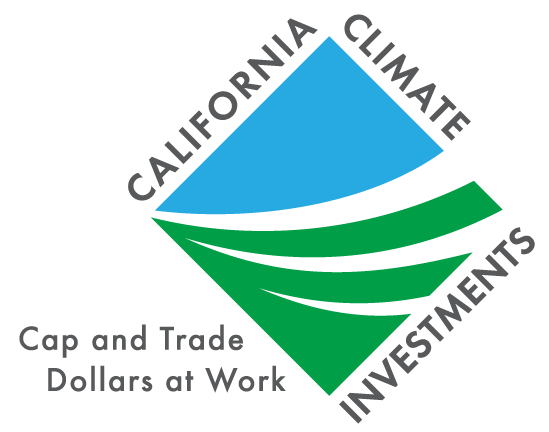Clean Cars 4 All
California Air Resources Board (CARB)
What does it fund?
Financial incentives to retire older, more polluting vehicles and replace them with newer, cleaner hybrid, plug-in hybrid, and zero-emission or hybrid vehicles, or alternative mobility options, such as e-bikes, vouchers for public transit or a combination of clean transportation options. Buyers of plug-in hybrid and battery electric vehicles are also eligible for home charger incentives or prepaid charge cards if home charger installation is not an option.
Who is eligible for funds?
Low-income residents within and near disadvantaged communities of the San Joaquin Valley, South Coast, Bay Area, and Sacramento air districts.
How does this program provide benefits to priority populations?
A tiered incentive structure provides maximum incentives to the lowest income participants purchasing or leasing the cleanest technology vehicles that reside within and near disadvantaged communities. This reduces health risks and transportation costs, and provides greater, more reliable mobility and increased access to clean transportation to priority populations.
How do I access funds?
Apply to local air districts on a first-come, first-served basis.
Select your region to learn more:
South Coast area, including L.A.: Replace Your Ride
Bay Area: Clean Cars for All
San Joaquin Valley: Drive Clean in the San Joaquin
Sacramento area: Clean Cars 4 All
Funding timeline
Ongoing: Apply within 18 months of planned purchase/lease of an eligible vehicle and before funds are exhausted.
Project Profiles
Read stories of projects funded by this program.
Cumulative Statistics
As of November 30, 2023
$231.0 million allocated
$128.4 million implemented
$114.4 million benefiting priority populations
126,577 MTCO2e estimated GHG emissions reductions
16,104 projects implemented
At least $88.4 million benefiting low-income households
At least 11,441 projects benefiting low-income households
2023 Achievements
Reporting period:
Dec 1, 2022 – Nov 30, 2023
$24.8 million implemented
32,147 MTCO2e estimated GHG reductions
200 full-time equivalent jobs reported
$24 million benefiting priority populations
2023 Benefits to Priority Populations
43% benefiting disadvantaged communities
52% benefiting low-income communities and households
4% benefiting other areas of California
Other Expected Benefits
70,651 pounds Nitrous Oxide (NOx) reductions
1,588 pounds particulate matter 2.5 (PM2.5) reductions
3,006,304 gallons fuel use reduction





